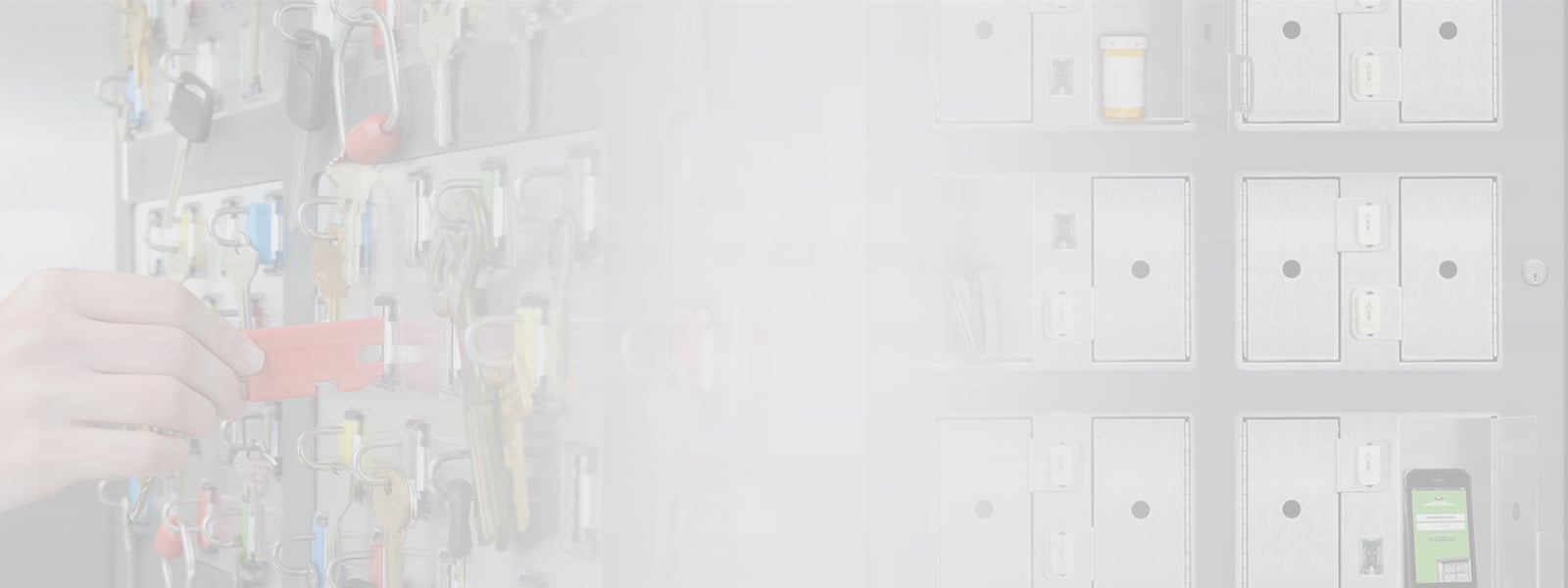Since introduction of electronic key control to the marketplace in the early 1990’s, key control and management systems have been continually improved and enhanced to meet changing market requirements. Many new components have been added and systems have been expanded to accommodate more locations and users. Integrated card reader interfaces, multi-user and non-random options, biometrics integration and upgraded key management software are just some of the new and improved features of today’s key control systems.
Building on their widespread use and popularity as a security management tool, key control systems’ functionality has been expanded to include custom modules to accommodate valuable items. Lockers, available in various sizes, can be used for storing small firearms, cell phones, 2-way radios and other valuables. Items can be returned to any open locker for convenience, and systems can be set up as a personal storage space for one or multiple users. The systems are also engineered to alert security management when something is wrong. An open door, the use of force to gain access, a power failure or even the misuse of the keypad will trigger an alarm and record the event in the log file.
These asset management systems can also be configured with additional security features to help maintain the integrity of the system. For example, where protection of asset lockers itself is mission-critical, installation of a remote access device provides an additional layer of protection by enabling the locker system to be placed in a secure room. A second individual’s PIN input and verification is then required in order for an authorized employee to access the contents of a locker.
When integrated with monitoring software, the data tracking information provides reliable confirmation of all access transactions. And when the system is integrated with an access control system, alerts can inform management if someone tries to leave the building without returning an item taken from a locker.
Locker modules provide effective control either as a stand-alone system or as part of an integrated solution and are a valuable enhancement to a physical security strategy.



